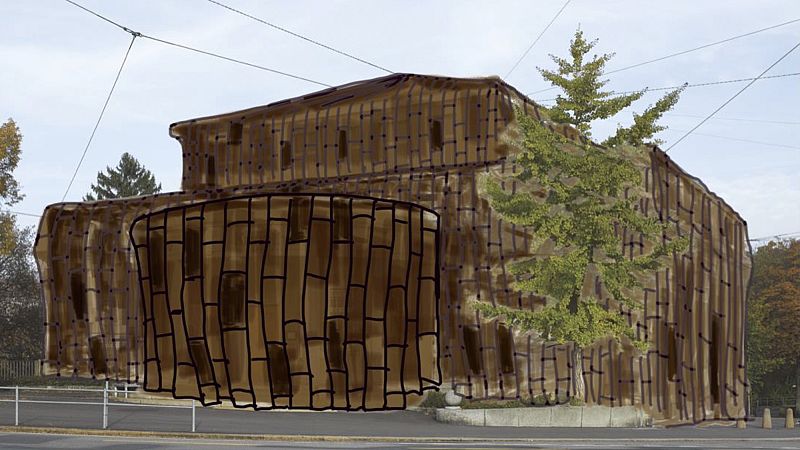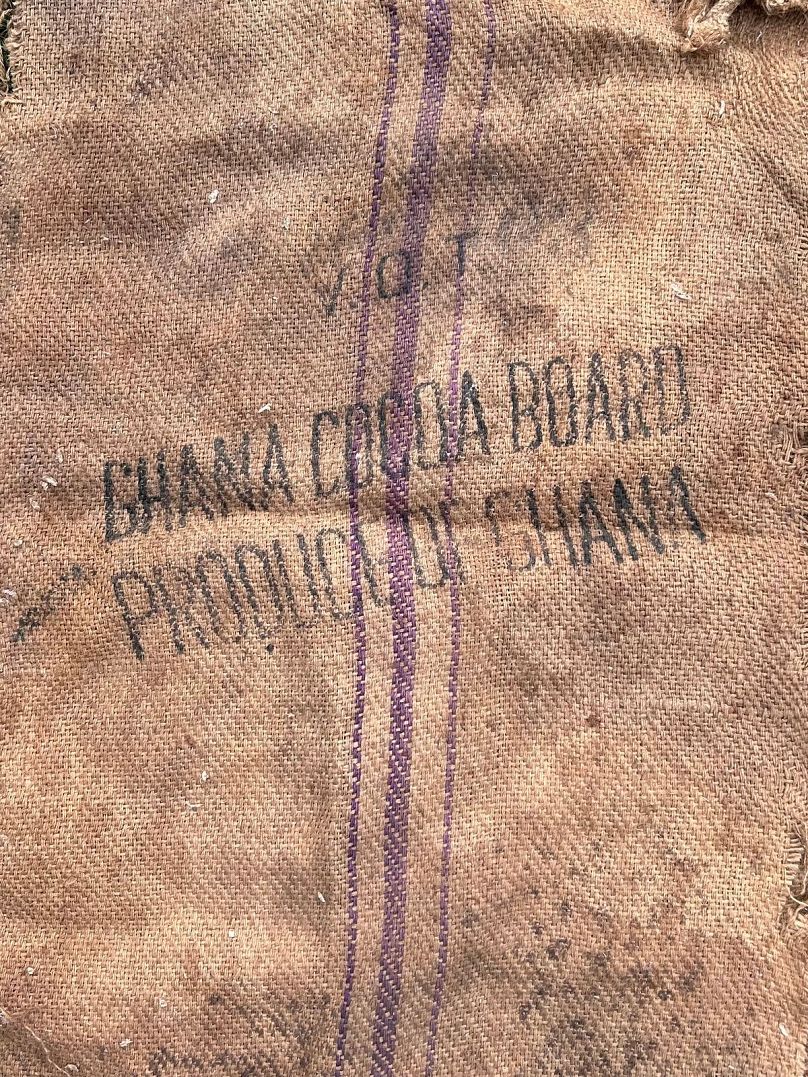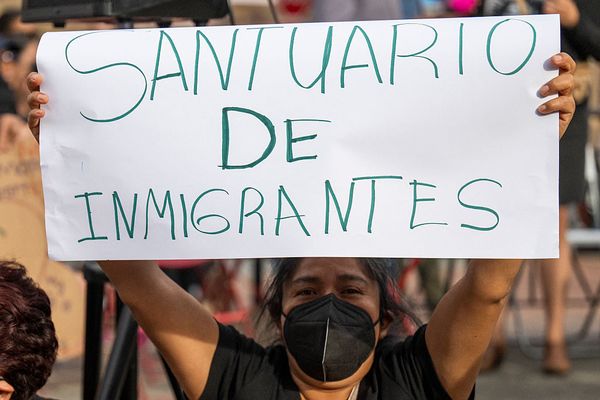
Ahead of its reopening, the Kunsthalle Bern will be wrapped by Ibrahim Mahama, as the Ghanaian artist transforms the Swiss institution with one of his signature large-scale interventions.
The work pays homage to a pivotal moment in art history. In 1968, Christo and Jeanne-Claude made headlines by wrapping the Kunsthalle Bern in reinforced polyethene, marking their first ever building intervention.
Now, Mahama revisits that act with a new material, steeped in the complex histories of global trade, labour, and migration.
The wrapping will be in place on 30 April, ahead of the museum’s official reopening in June 2025 following its first renovation since 1918.
Known for his large-scale installations, Mahama’s work often centres on found, repurposed materials. In this work he is again using jute sacks, originally produced in Southeast Asia and used to transport cocoa beans from Ghana to Europe, and later reused by local traders to carry rice, maize, and eventually charcoal. For Mahama, the sacks raise an important question: “Why is it easier for goods to travel across borders than for humans?” he asked in 2011, while watching lorries speed past at the Ghanaian border.
The exhibition marks Mahama’s first solo presentation in Switzerland and comes at a pivotal moment for the Kunsthalle itself. After a year-long closure to renovate the building, the museum describes Maham’s wrapping as “a literal and theoretical chrysalis”.
“We choose the word chrysalis for its transformative connotations; the definitive moment before an insect metamorphoses,” the Kunsthalle said.

The wrapping, like Mahama’s wider body of work, invites reflection on colonial legacies — here the colonial footprint of Swiss-Ghanaian trade relations, particularly through the export of cocoa. The cocoa plant, introduced to Ghana in 1857 by the Basel Mission, remains a major commodity today. Mahama’s installation explores this history alongside ecological concerns, highlighting the impact of global capitalism and overproduction, and even the role of pests in disrupting supply chains.
“Through this public sculpture for Kunsthalle Bern, Mahama poses questions that discuss the current labour conditions and their ecological manifestations in the global cocoa trade,” the museum noted, adding that the installation also “addresses the colonial footprint of Swiss mercantile relationships to Ghana”.
The jute sacks themselves are not just objects but archives, Mahama says — “characterised by time, form and place”. Each sack bears traces of its journey, from trader markings to signs of wear.
“Mahama not only discusses a gesture imprinted in art history, but reclaims it — layering past and present narratives onto our walls, and inviting us to confront the entangled legacies of art, architecture and global trade,” the Kunsthalle said.
Ibrahim Mahama’s solo presentation at Kunsthalle Bern runs from 30 April to 1 June 2025.







